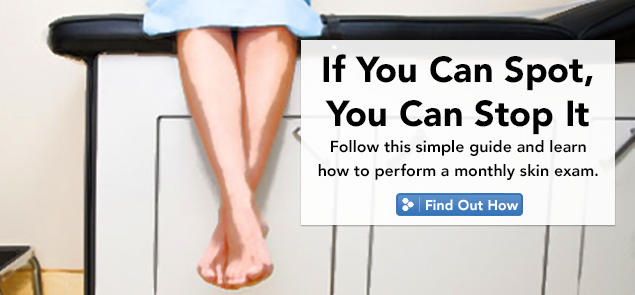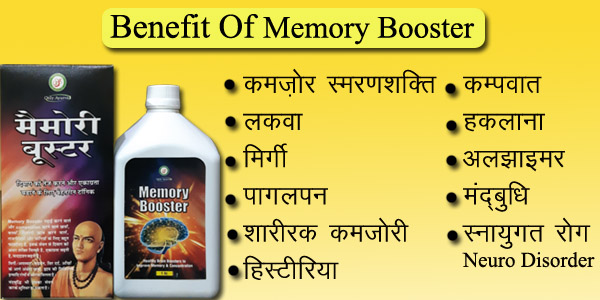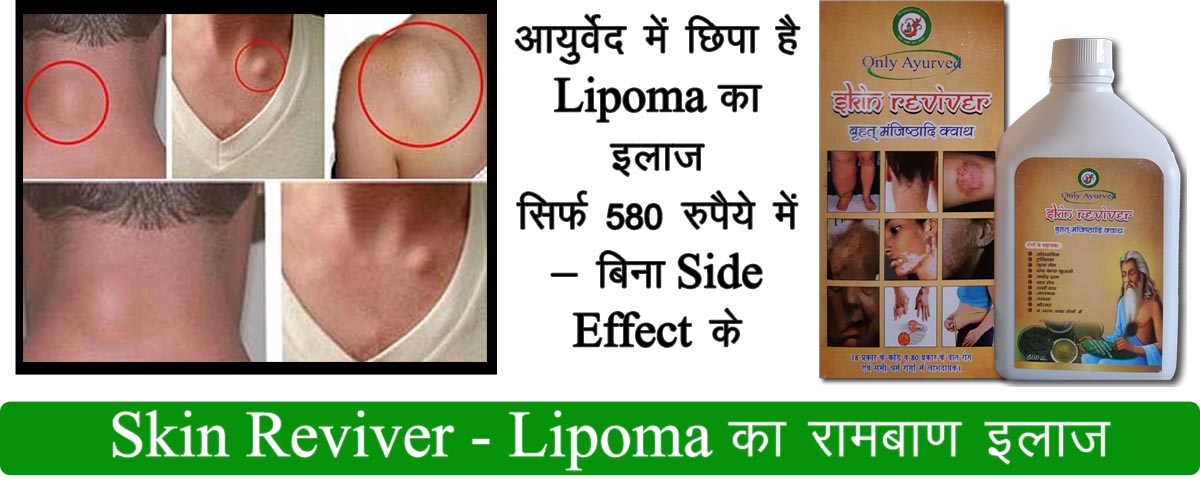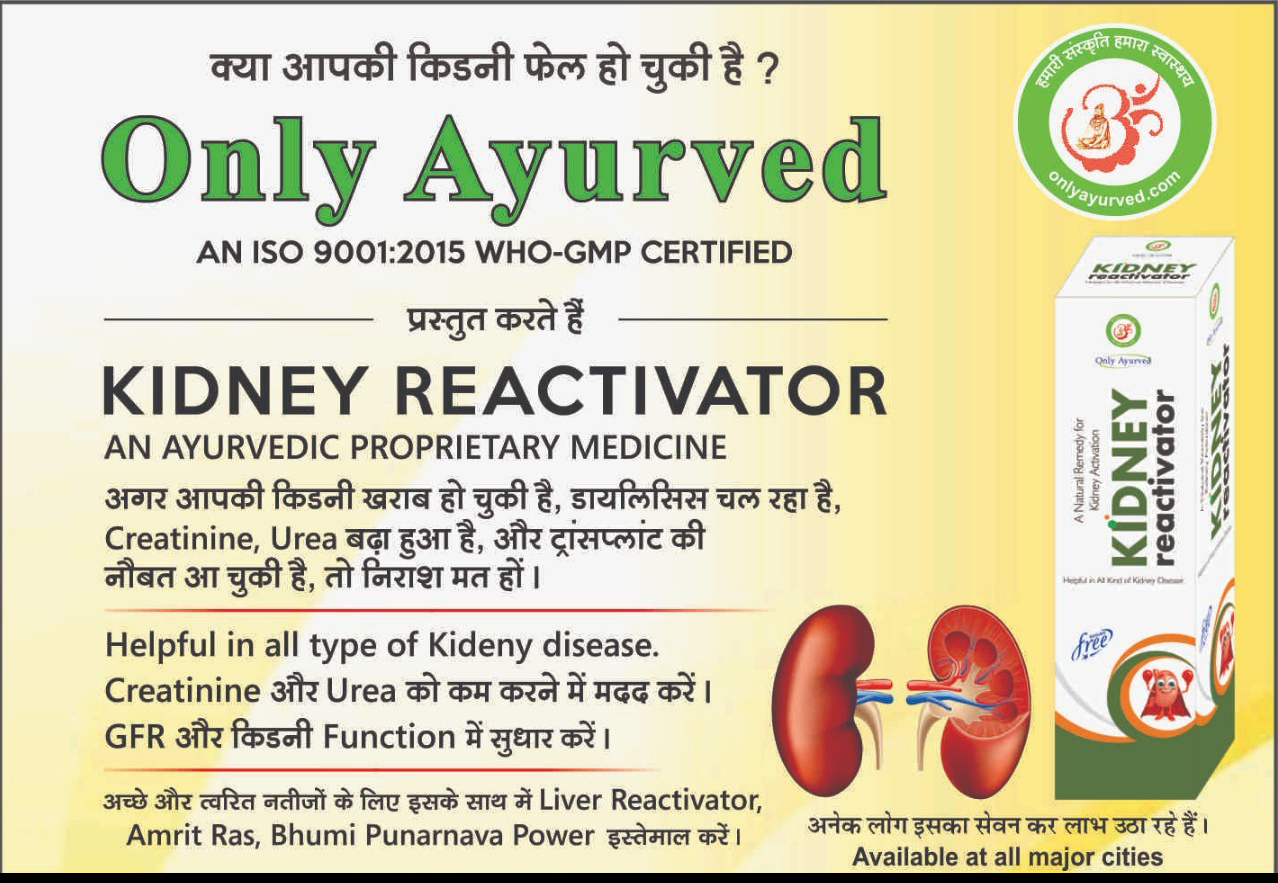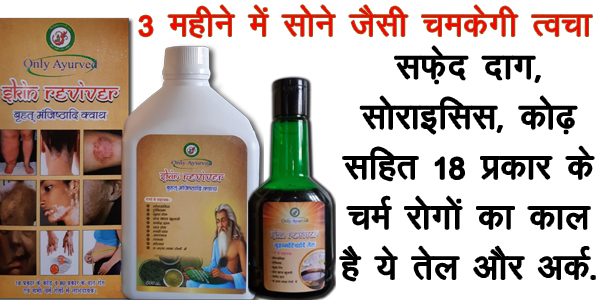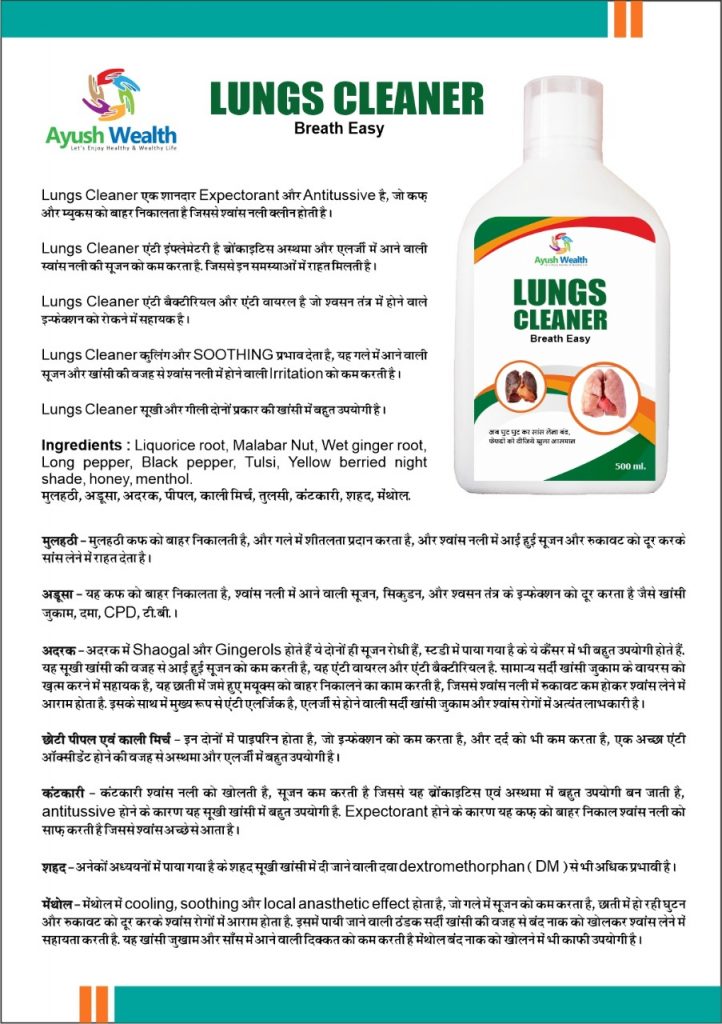Learn to recognize the signs and symptoms of the three types of skin cancer. Even melanoma, the deadliest form, can usually be successfully treated if caught early. And remember, no matter what your age, minimizing your exposure to ultraviolet (UV) light will help reduce your risk of skin cancer and premature aging.
- Melanoma
Although melanoma can occur in normal skin, it often develops in a pre-existing mole or other dark spot. Examine your moles and look for these ABCDs:
Asymmetry. One half of the mole doesn’t match the other half.
Border irregularity. The edges are often ragged, notched, blurred or irregular, and the pigment may spread into the surrounding skin.
Color. The mole may have shades of black, brown and tan, or areas of white, gray, red, pink or blue.
Diameter. Melanomas are typically larger than a pencil eraser, although early melanomas may be smaller. Also look for changes in the surface of a mole, scaliness, oozing, bleeding, or the appearance of a bump, spread of pigment from the border into the surrounding skin, itchiness, tenderness, or pain.
- Basal cell carcinoma (BCC)
This may appear as a small, raised, smooth, shiny or pearly bump that’s whitish to pink in color. Over time, it may crust, ulcerate and bleed. BCC is slow growing and rarely invades internal organs, but it can spread to nearby tissues if left untreated.
- Squamous cell carcinoma (SCC)
Most often this type of skin cancer appears as a raised, scaly, crusty or wart-like bump, ranging in size from a pea to a chestnut. SCC can spread internally if left untreated.
Guarding against dry skin
With age, oil glands become less active. Your skin is less able to replenish the oils and fluids removed by soap and water. To guard against the drying effects of bathing, try these tips:
- Limit frequency
Bathing once a day or every other day is sufficient for most people.
- Limit time and temperature
Use warm (not hot) water for a maximum of 15 minutes.
- Select soaps carefully
Choose superfatted, nonsudsing soaps that clean without removing natural oil. This includes brands such as Basis, Purpose and others. Soap substitutes in bar, gel and liquid forms are less drying than are deodorant and antibacterial soaps.
- Limit use of soap
Limit use of soap to your face, underarms, genital areas, hands and feet. Using clear water on the other areas of your body cleans adequately most of the time.
- Pat dry, don’t rub
When toweling dry, pat your skin gently. Or brush your skin rapidly with the palms of your hands.
- Seal in moisture
While still damp, lubricate your skin with an oil or cream, especially on your legs, arms, back and sides. A heavy moisturizer (water-in-oil formula) is longer lasting than a light cream that contains more water than oil (oil-in-water formula).
 Only Ayurved आयुर्वेद जीवन जीने की कला हैं, हम बिना दवा के सिर्फ अपने खान पान और जीवन शैली में थोड़ा बदलाव कर के आरोग्य प्राप्त कर सकते हैं।
Only Ayurved आयुर्वेद जीवन जीने की कला हैं, हम बिना दवा के सिर्फ अपने खान पान और जीवन शैली में थोड़ा बदलाव कर के आरोग्य प्राप्त कर सकते हैं।

